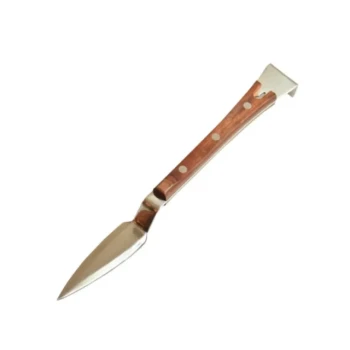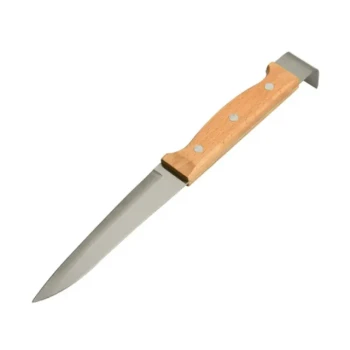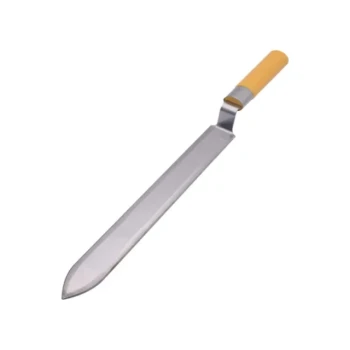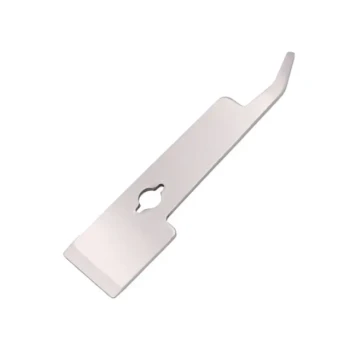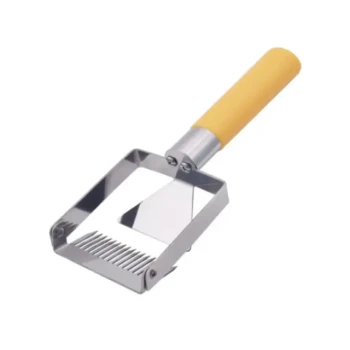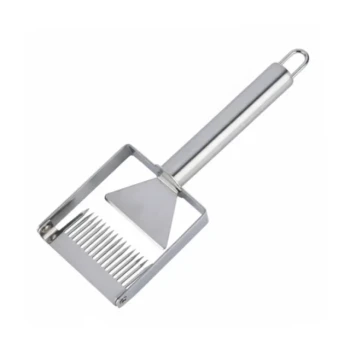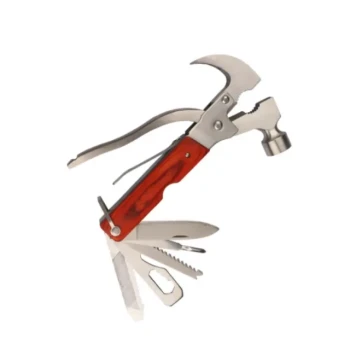Introducing a queen cell into a nucleus hive, or nuc, is a delicate but straightforward physical process. You must gently insert a mature, "ripe" queen cell between two frames containing bee brood, ensuring the cell hangs vertically with its tip pointing down. This precise placement puts the developing queen in the warmest part of the hive, ready to emerge into a receptive colony.
Success in introducing a queen cell is not merely a mechanical act. It is a calculated process that hinges on three critical factors: the maturity of the cell, its precise placement for warmth and acceptance, and the queenless state of the receiving colony.
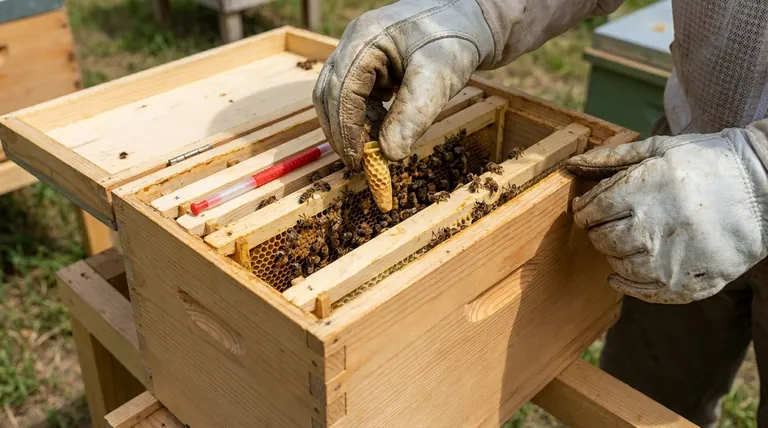
The Core Principles of Introduction
To ensure a new queen emerges successfully, you must master the fundamental details of the introduction. Each step is designed to protect the fragile pupa and encourage the colony to accept her.
Selecting the Right Cell
The queen cell must be "ripe," meaning the virgin queen inside is fully developed and only a day or two from emerging. Typically, cells are moved from a cell builder colony or an incubator on day 10 or 11 of their development, with the queen expected to emerge on day 12.
Introducing a cell that is too young increases the risk of the colony's workers tearing it down.
The Importance of Orientation
A queen cell must always be positioned vertically, with the capped tip facing down. The developing queen is oriented in this direction, and she will chew her way out through the bottom of the cell.
Placing a cell sideways or upside down can disorient the queen and make it impossible for her to emerge, resulting in her death.
Critical Placement Within the Nuc
The ideal location for the cell is between the top bars of two central brood frames. This area is the heart of the colony's brood nest, which is the warmest part of the hive.
The worker bees maintain a constant temperature here, which is essential for the final stage of the queen's development. This placement also ensures she is immediately attended to by nurse bees upon emergence.
Securing the Cell
If the queen cell is in a plastic cup, you can secure it by gently pressing the base of the cup into the wax of the top bars of the frames. The goal is to wedge it securely so it cannot be dislodged by the bees.
The cell should be snug but not crushed. The structure of a queen cell is fragile, and excessive force will kill the pupa inside.
Understanding the Risks and Trade-offs
While the process seems simple, several factors can lead to failure. Understanding these risks is crucial for troubleshooting and improving your success rate.
The Risk of Chilling
A queen pupa is extremely sensitive to temperature fluctuations. A chilled cell is a dead cell.
In cool weather, it is absolutely critical that the queen cell is in direct contact with frames containing brood. The cluster of bees covering the brood will generate the necessary heat to protect the cell and ensure the queen's survival.
The Danger of Rough Handling
The references repeatedly state to handle cells "gently" for a reason. The pupa inside is delicate and can be easily damaged or killed by jarring, shaking, or crushing the cell.
Treat queen cells with the same care you would an egg. Any sharp movements can be fatal.
The Consequence of Poor Timing
Introducing a cell too early (before day 10) significantly increases the chance that the worker bees will perceive it as a foreign object and destroy it.
Conversely, waiting too long risks the queen emerging in transit or in an incubator, which presents a different set of introduction challenges. Introducing a ripe cell on day 11 is the standard practice for this reason.
Making the Right Choice for Your Goal
Your specific approach may vary slightly depending on your primary objective. Use these guidelines to tailor the process to your needs.
- If your primary focus is maximum emergence rate: Prioritize temperature stability by ensuring the cell is deep within the brood nest and touching the brood comb, especially in cooler climates.
- If your primary focus is preventing rejection: Confirm the nuc is hopelessly queenless (has no queen and no young eggs to raise their own) for at least 24 hours before introducing the ripe cell.
- If your primary focus is operational efficiency: Standardize your process to introduce all cells on day 11 of their development, which balances safety with a predictable emergence timeline.
Mastering the art of queen cell introduction is a cornerstone technique for sustainable and successful beekeeping.
Summary Table:
| Key Factor | Critical Detail |
|---|---|
| Cell Maturity | Introduce a 'ripe' cell on day 10-11 for emergence on day 12. |
| Placement | Position vertically between two central brood frames for warmth. |
| Orientation | Capped tip must face down for the queen to emerge correctly. |
| Colony Status | Nuc must be hopelessly queenless for at least 24 hours prior. |
Master Your Queen Rearing Operation with HONESTBEE
Perfecting queen introduction is vital for scaling your apiary. HONESTBEE supplies commercial apiaries and beekeeping equipment distributors with the high-quality, reliable supplies needed for consistent success. From durable nuc boxes to protective cell cups, our wholesale-focused operations ensure you get the right equipment to support your queen-rearing goals.
Contact our expert team today to discuss your commercial beekeeping supply needs and build a more productive operation.
Visual Guide
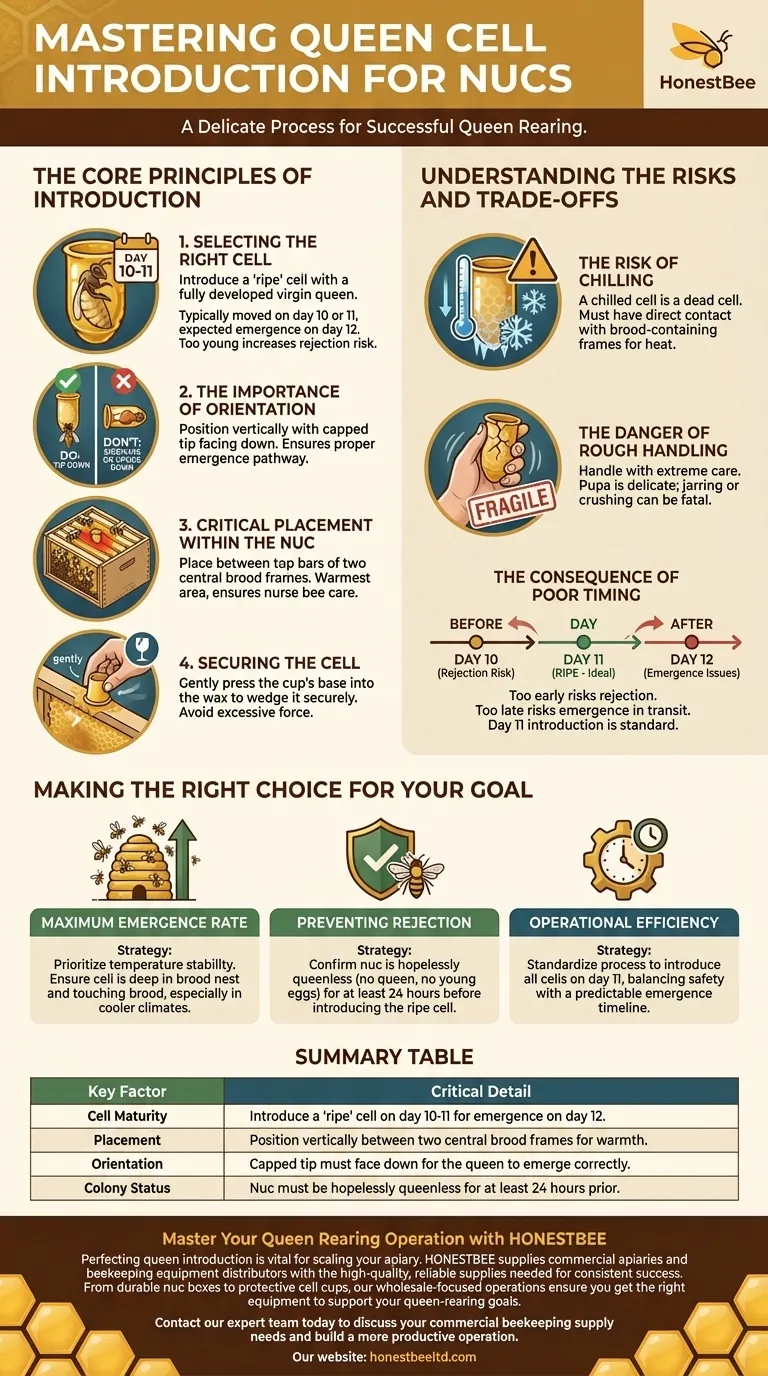
Related Products
- Plastic Chinese Queen Grafting Tool for Bee Queen Rearing
- Double Head Beekeeping Grafting Tools for Beekeepers
- Plastic Queen Bee Catcher Marker Tube Holder for Queen Marking Bottle
- HONESTBEE Professional Long Handled Hive Tool with Precision Cutting Blade
- HONESTBEE Premium Italian Style Hive Tool with Hardwood Handle
People Also Ask
- What happens if a larva is grafted too late? Avoid Scrub Queens and Failed Rearing
- What environmental conditions are optimal for grafting? Master Queen Rearing with Perfect Hive-Like Conditions
- What are the steps involved in the grafting process? Master Queen Rearing for Your Apiary
- What are the steps involved in using a queen grafting tool? A Guide to Successful Queen Rearing
- What are the key steps in the grafting technique? Master Queen Rearing for a Thriving Apiary




